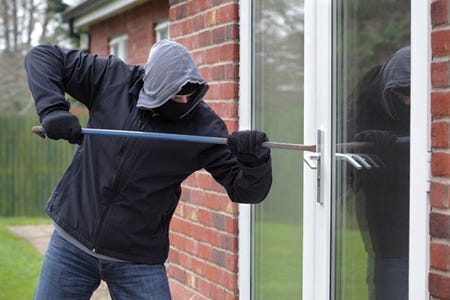Using Deadly Force When Your Doorway is Being Breached
Understanding Correct Meanings from the Wording of the Law
Keep reading with a 7-day free trial
Subscribe to Florida Gun & Self-Defense to keep reading this post and get 7 days of free access to the full post archives.



